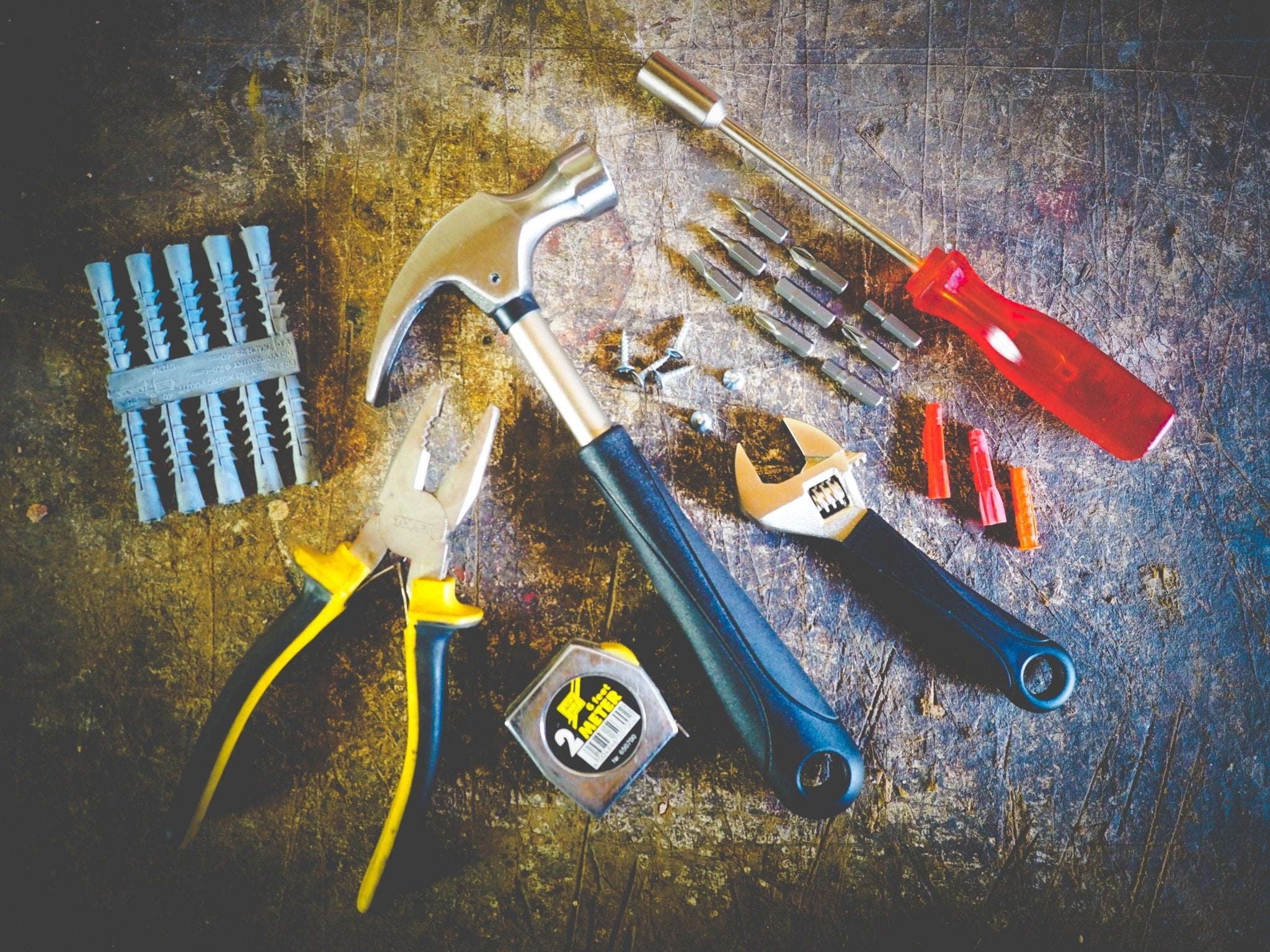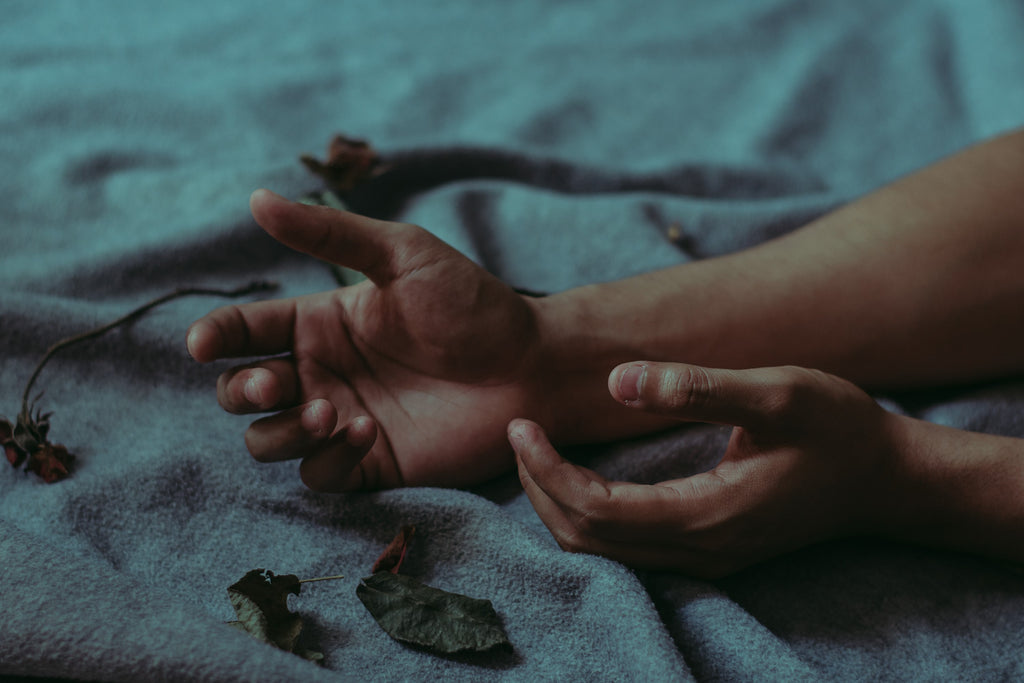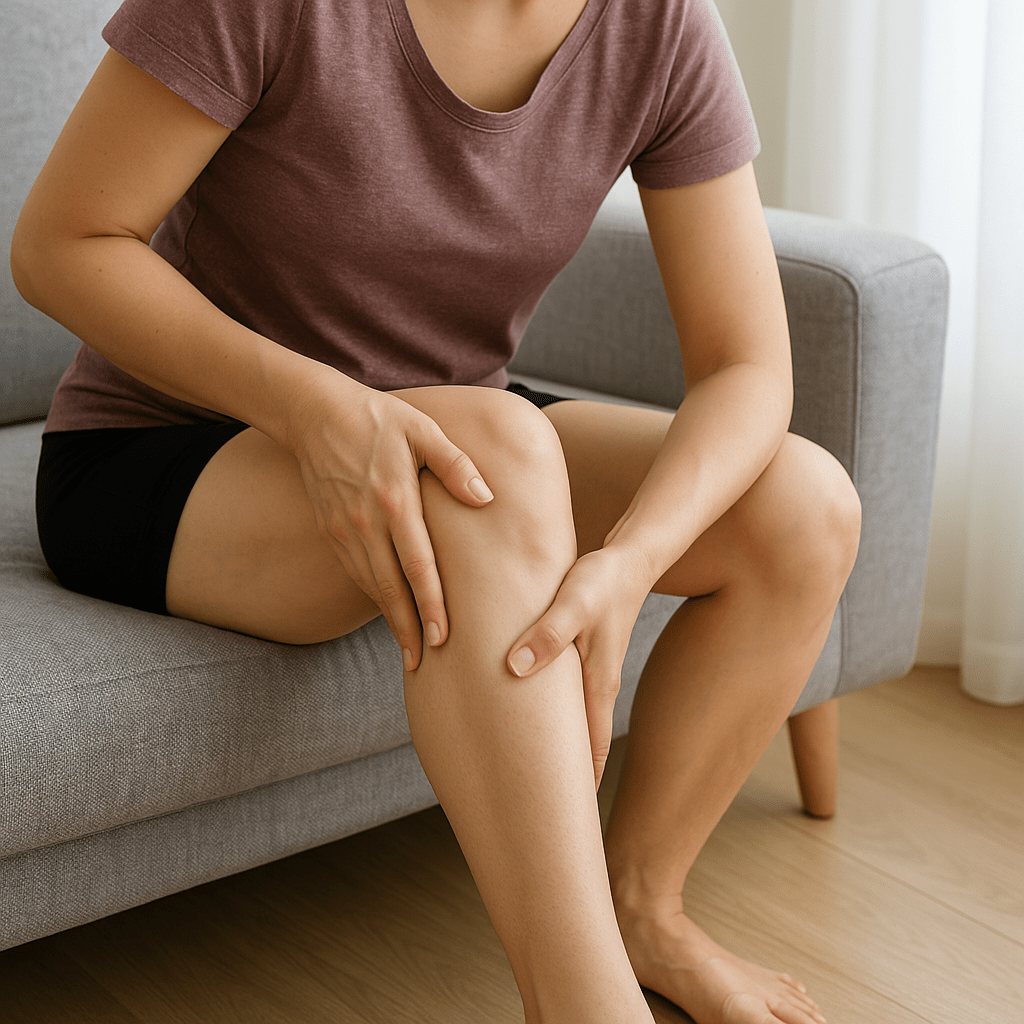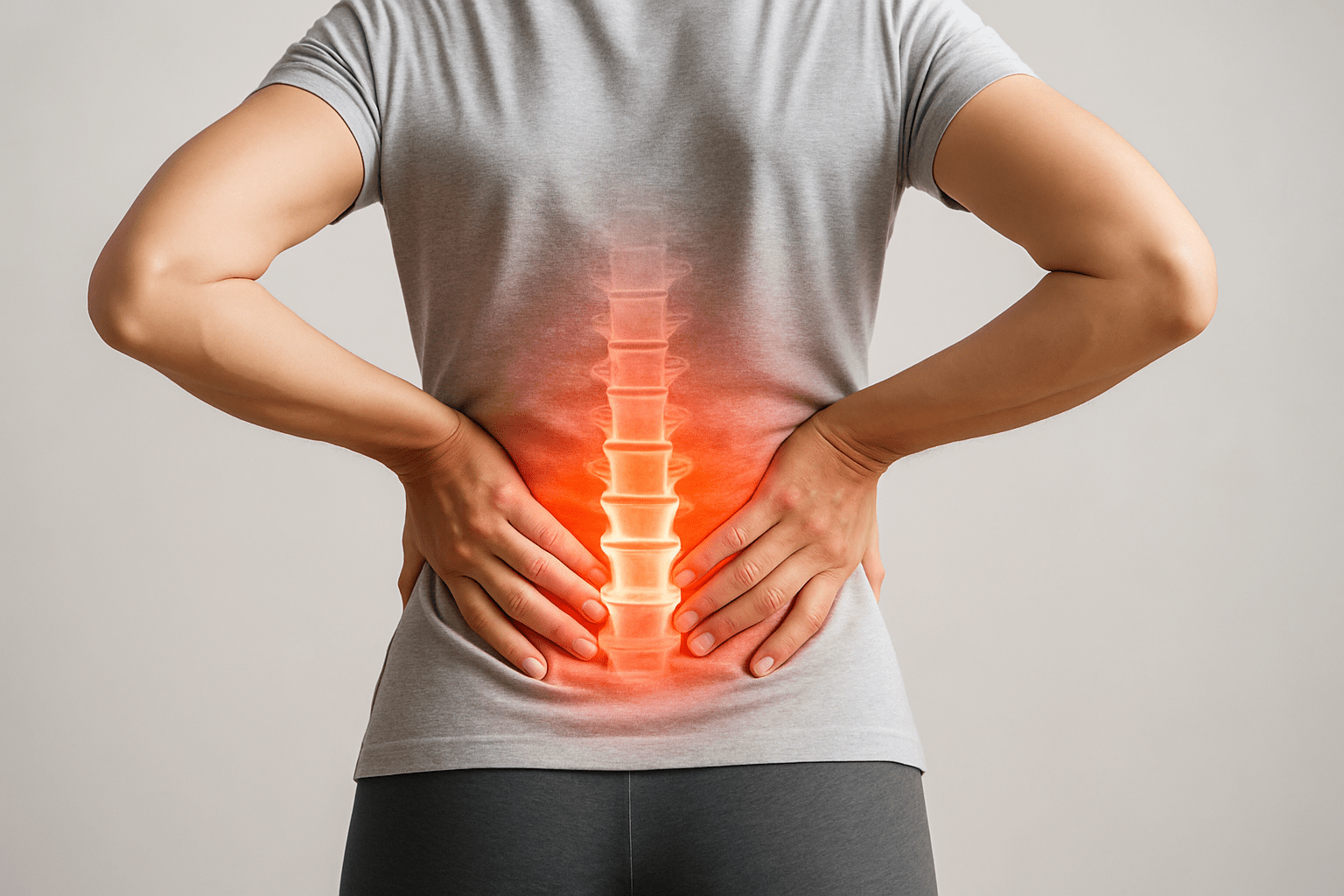From 2D and 3D massage technology - What can massage chairs?
At the end of a hard day at work, plagued by tension or with a buzzing head and mentally stressed, you just want to arrive home and relax. A very comfortable way to be able to do that is massage chairs, which are becoming more and more popular. The rapid development in this area now offers numerous functions with different approaches and focuses, about which you naturally first want to keep track. Today, we will focus on the different massage techniques and how they differ from each other. So if you've already stumbled across terms like 2D, 3D or 4D massage technique, we'll now tell you what's behind them. Reading tip: From head...


At the end of a hard day at work, plagued by tension or with a buzzing head and mentally stressed, you just want to arrive home and relax. A very comfortable way to be able to do that is massage chairs, which are becoming more and more popular. The rapid development in this area now offers numerous functions with different approaches and focuses, about which you naturally first want to keep track. Today, we will focus on the different massage techniques and how they differ from each other. So if you've already stumbled across terms like 2D, 3D or 4D massage technique, we'll now tell you what's behind them.
Reading tip: From head to toe: This is how massages help
Massage rollers - the hands of a massage chair

Before we get a picture of the different massage techniques, a look at the technology inside a massage chair is quite useful. Here, massage rollers are a central element, they are, if you like, the hands and through their movement they perform the massage. The difference between the various models is the number and arrangement of the massage rollers on the one hand, and their movement possibilities on the other. This is where the terms 2D and 3D come into play.
The 2D massage technique
The designation 2D indicates that the possible movement pattern of the massage rollers extends over two spatial "dimensions". So, on the one hand, the roller masters a movement from left to right and, on the other hand, from top to bottom. This is the simplest technical implementation, which is why it can be found in the inexpensive massage chairs. Thus, a 2D massage is the minimum requirement for a massage chair.
The 3D massage technique
In the 3D massage technique, the two existing directions of movement of the rollers are supplemented by another. Here the rollers master the possibility to move also in depth and not only from left to right and from top to bottom. This means that additional pressure can be applied to the desired areas. A function that is extremely useful in combination with 3D massages is the body scan function. Depending on your stature and size, a scanner records your measurements and can thus apply the depth of the massage roller in the right places.
The advantage of the body scan function is clearly a more individual massage that adapts exactly to your body. After all, among other things, the neck muscles of a 190 cm tall person are in a different position than those of a 160 cm tall person.
A 3D massage technique is definitely the better one in terms of quality and much superior to 2D massage. Tailor-made treatments work much more accurately on tensions and hardenings resulting from everyday life and thus contribute better to well-being. But the movement possibilities of the massage rollers alone is by no means everything.
The arrangement of massage rollers - I-Track, S-Track and SL-Track.
In addition to 2D and 3D massage techniques that a massage chair can master, the arrangement of the massage rollers and heads also takes on a high significance in terms of quality. Here, a basic distinction is made between three different arrangements:
● I-Track system
● S-Track system
● SL-Track system
The former gets its name from the massage rollers arranged along a line. They are rigidly arranged on a plane and do not really adapt to the shape of the spine. The S-Track system, on the other hand, addresses this and, as the name suggests, is arranged in an S-shape, just like the human back is. This means that pressure is distributed evenly over all parts of the spine. An extension of this is the SL-Track system. The "S" again refers to the back, and the "L" to at least one more massage roller under the buttocks. If you imagine a seated person, the massage rollers of an SL-Track system run from top to bottom along the back and then angled under the buttocks.
Here again, the I-system is the minimum requirement, while S- and SL-Track systems can pamper you with high-quality and customized massages. The arrangement and movement possibilities of massage rollers now form the basis for various massage techniques that a massage chair can now offer. These are the ones we've just dedicated ourselves to next.
What massage techniques can a massage chair cover?
The repertoire of massage techniques of a massage chair essentially depends on the basic requirements just described, such as the arrangement and mobility of massage rollers. The progressive development in recent years has made it possible that high-quality massage chairs can reproduce almost all common massage techniques. Your own massage chair, thus corresponds to your personal masseur in your own four walls, which provides you with the classic massage techniques.
● Massage technique kneading / Petrissage:
In this technique, skin and muscle areas are embraced by a handle and gentle pressure is applied. This relieves tension and promotes local circulation.
● Massage technique rolling:
This massage technique is rather to be classified as a variation of a classical massage technique. The closest thing to it is stroking (effleurage), in which gentle massage movements are made parallel to the course of the muscle fibers.
● Massage technique hitting, tapping / tapotement
One of the more intensive massage techniques is tapping, in which rhythmic tapping is usually done with the edge of the hand or the heel of the hand to promote local blood circulation and increase muscle tone. This method is also often used before athletic exertion, as it increases muscle tone, promotes blood flow, and stimulates the nervous system.
● Friction massage technique:
Here, circular, punctual movements are performed to loosen knots in the muscle tissue. This method penetrates especially into the depth of your muscles and frees them from unpleasant hardening.
● Massage technique vibration:
Here, rhythmic movements are used to loosen muscles down to the deeper tissue. This technique is mainly used towards the end of a massage treatment to end the treatment with the greatest possible relaxation.
With the right technique to regular well-being
Due to the rapid development in recent years, massage chairs have become real all-rounders. Extensive functions, innovative techniques and possibilities for precise treatments also bring a certain complexity with them. Each massage chair can therefore support you with different goals, help you to relax, relieve pain or keep your muscles loosened and ready for action in a sporty lifestyle. Take your well-being to the next level with a massage chair tailored to your needs.
Co-founder and Managing Director of Massage Chair World. With his expert knowledge and industry expertise, he helps private individuals and companies to find the right massage chairs for relaxation, health and vitality. The individual expert advice is provided both by telephone or video chat, as well as in the exhibition outside Stuttgart.




